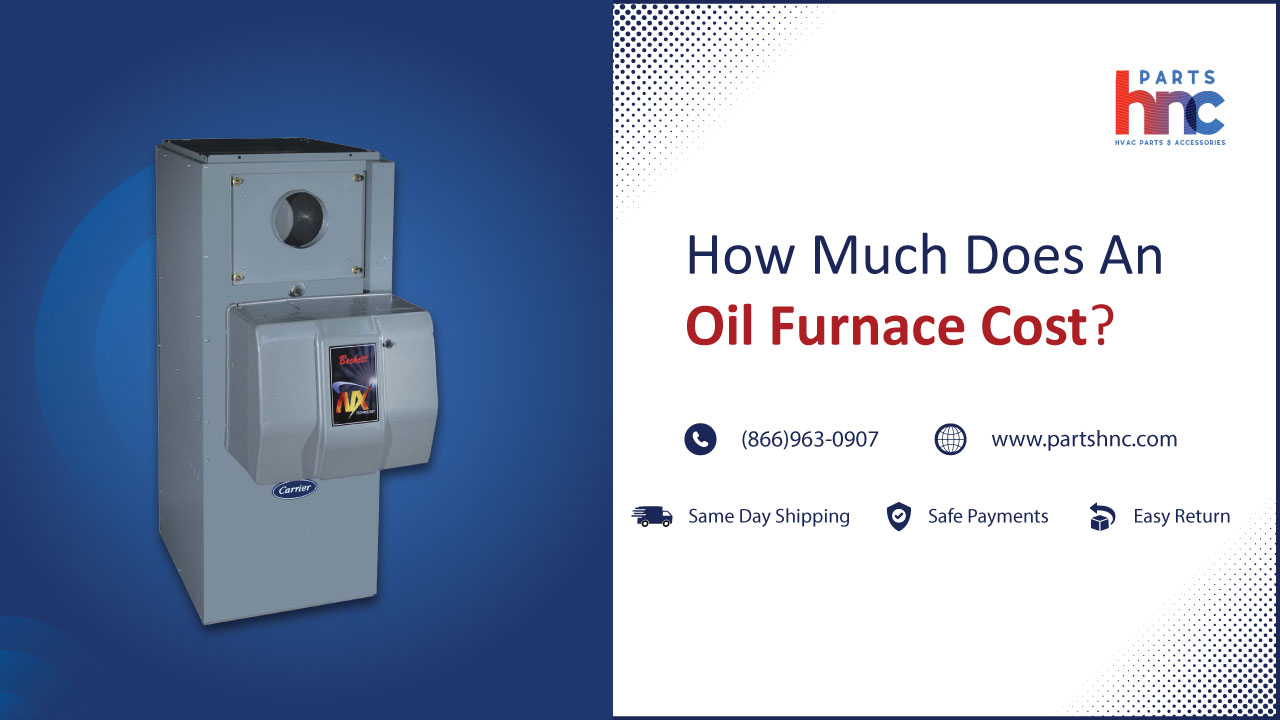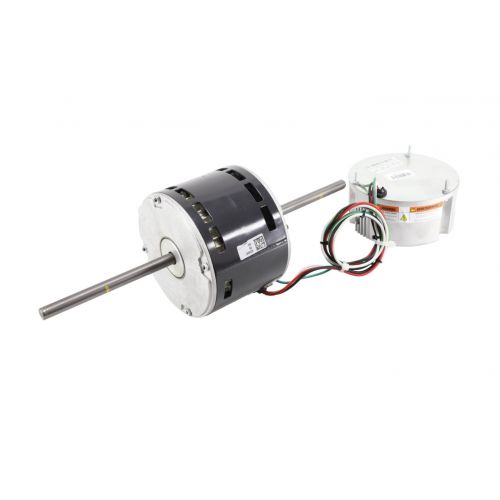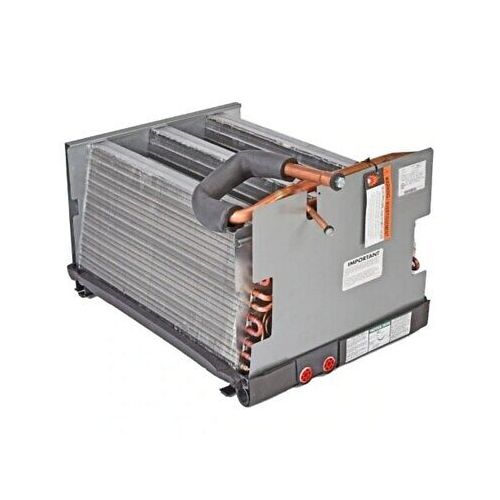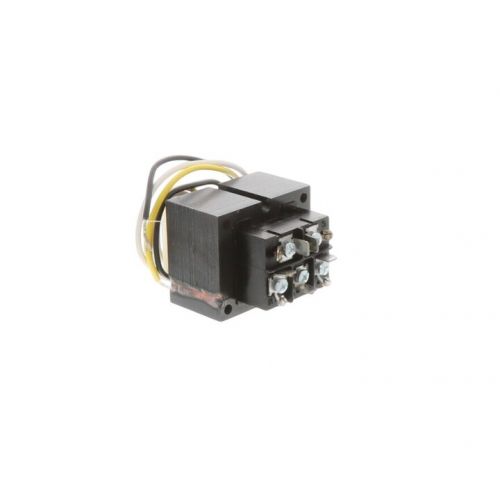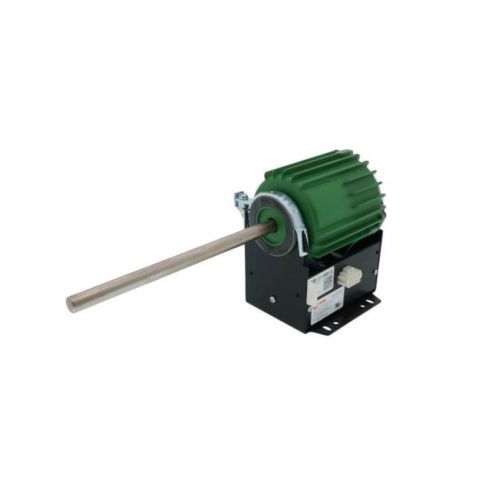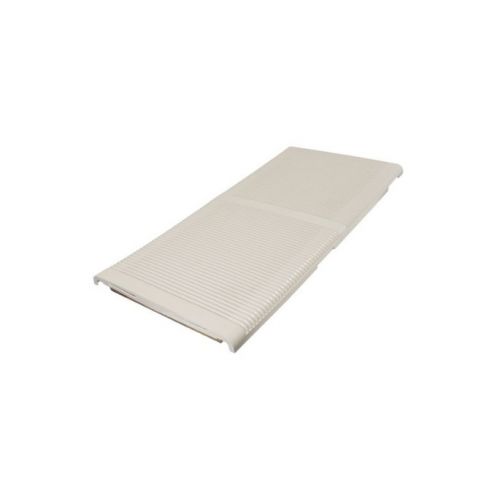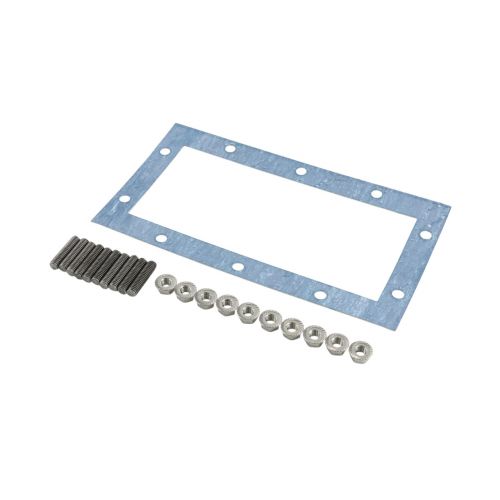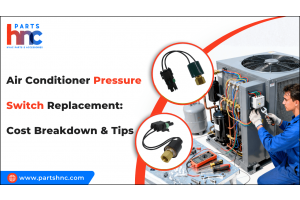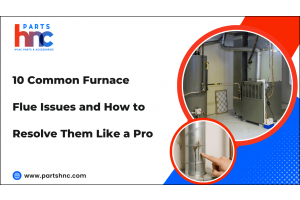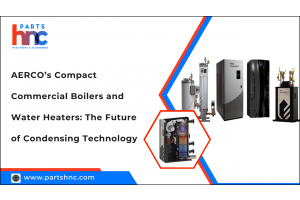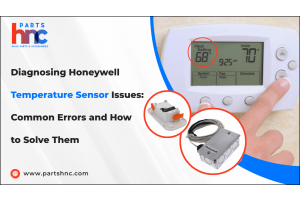Pricing Insights for Oil Furnace Installations
Have you ever wondered about the cost of keeping your home warm during the chilly winter months? The answer lies in the efficiency and affordability of heating systems, particularly oil furnaces. In this article we will explore the definition and importance of oil furnaces in modern heating systems, and most importantly, the financial aspect of oil furnace prices. As temperatures drop, the significance of a reliable heating system becomes undeniable. Understanding the costs associated with oil furnaces not only helps you make informed decisions for your home but also contributes to a more efficient and sustainable approach to winter comfort. Let's uncover the details behind the warmth.
Types of oil furnaces
Oil furnaces come in various types, each catering to specific needs and preferences. Understanding these types is crucial for making an informed decision when it comes to heating your home efficiently.
1. Single-stage oil furnaces: Single-stage oil furnaces operate on a straightforward principle—they are either on or off. While these furnaces provide consistent heat, they might be less energy-efficient compared to other types.
2. Two-stage oil furnaces: Two-stage oil furnaces offer a more flexible heating solution. They have two output settings, allowing them to adjust the heat output based on the required demand. This results in a more energy-efficient operation and enhanced comfort.
3. Variable-speed oil furnaces: Variable-speed oil furnaces take efficiency to the next level. They can adjust not only the heat output but also the fan speed, providing precise control over the indoor climate. This results in improved energy savings and quieter operation.
4. High-efficiency oil furnaces: High-efficiency oil furnaces boast advanced features like sealed combustion chambers and condensing technology, maximizing heat extraction from the fuel. Although these furnaces come with a higher initial cost, these units offer significant long-term savings on energy bills.
In order to choose the best oil furnaces, homeowners need to understand the different types available and determine which system aligns best with their heating requirements and budget.
Average oil furnace cost
Investing in a new oil furnace can involve a substantial financial commitment, yet the prospect of upgrading or replacing an outdated or inefficient heating system may be a compelling reason to do so. This segment delves into the oil furnace replacement cost, examining the various factors that influence these costs. Additionally, we provide insights into determining when it's advisable to replace an oil furnace, make comparisons between oil heater prices and those of other furnace types, and offer tips on minimizing the expenses tied to acquiring a new oil furnace.
|
Oil Furnace Price Type |
Oil Furnace Prices |
|
Average cost of furnace |
$5,700 |
|
Highest Oil Furnace Cost |
$9,100 |
|
Lowest Oil Furnace Cost |
$3,200 |
Looking for oil furnace parts? PartsHnC is your one stop shop online for all your HVAC needs. We offer wide range of heating and cooling parts from air conditioners to heat pumps from top-selling brands at cost-effective pricing.
Cost breakdown for oil furnaces
Two critical factors influencing the new oil furnace cost are the unit type and size. Understanding these factors is crucial for making an informed decision when it comes to heating your home efficiently.
By Oil Furnace Type
Oil furnaces are broadly categorized into two types: Standard oil furnaces, boasting an annual fuel utilization efficiency (AFUE) of 80 to 89%, and high-efficiency oil furnaces, with an AFUE of 90 to 97%. AFUE percentages serve as indicators of how efficiently a furnace converts fuel into heat. High-efficiency furnaces, through condensation processes that extract additional heat from exhaust gases, offer increased energy savings over time. While a standard oil furnace is often suitable for many climates, the investment in a more efficient furnace proves advantageous, especially in regions with harsh winters. The condenser and drain pan required for higher-efficiency furnaces contribute to installation costs but enhance long-term energy efficiency. The following table illustrates the standard oil furnaces & high-efficiency oil furnace cost ranges:
|
Oil Furnace Type |
Oil furnace price Range |
|
Standard oil furnace |
$3,500 - $7,500 |
|
High-efficiency oil furnace |
$6,000 - $9,200 |
By Home Size
The size of your home plays a pivotal role in determining the appropriate furnace size needed to efficiently heat each room and maintain a consistent temperature. Furnace sizes are measured in British Thermal Units (BTUs), reflecting the energy required to heat a space. The table below outlines the BTUs needed for homes of various sizes along with the typical cost range for each furnace size:
|
Home Size |
BTUs Needed |
Typical Cost Range |
|
1,500 sq. ft. |
80,000 |
$4,400 - $5,400 |
|
2,000 sq. ft. |
100,000 |
$5,000 - $7,100 |
|
2,500 sq. ft. |
130,000 |
$6,700 - $8,100 |
|
3,000 sq. ft. |
150,000 |
$7,100 - $9,200 |
By considering both the furnace type and your home size, you can make a more accurate estimate of the costs associated with installing an oil furnace tailored to your specific needs and climate conditions.
Installation vs. replacement costs for an oil furnace
When considering the expenses associated with oil furnace systems, oil furnace installation cost for a new unit surprisingly align closely with the expenses incurred during a replacement project. Typically, the initial installation of an oil furnace mirrors the financial outlay needed for swapping out an existing unit with a newer model. Although the cost to replace the oil furnace process benefits from reusing the pre-existing oil tank and pipes, thereby reducing installation time, the need for extensive cleanup to eliminate soot from the old furnace levels out the overall labor costs. Ultimately, whether installing a new furnace or replacing it, the financial considerations remain remarkably comparable for oil furnace projects.
Factors that influence oil furnace costs
When determining the cost of an oil furnace, factors extend beyond home size and heating system efficiency. Here are crucial elements influencing oil furnace costs:
Climate Considerations: Your geographical location plays a pivotal role. Colder climates necessitate larger furnaces with higher BTU output to efficiently heat your home. Your installer will assess your climate zone to determine the appropriate furnace size.
Installer Impact: Local HVAC labor costs vary, influencing the overall expense of installing an oil furnace. Different HVAC companies may work with specific furnace brands, contributing to price variations. Obtain quotes from multiple installers in your area to gauge local costs accurately.
Conversion Complexity: If transitioning from a different fuel source to an oil furnace, costs vary based on the type of system being replaced. Electric furnaces are relatively straightforward to replace, costing between $3,000 to $6,000 on average. In contrast, propane systems involve more equipment removal, resulting in higher average costs ranging from $5,000 to $11,000.
Oil furnace installation and additional costs
When replacing an aging oil furnace, be prepared for additional expenses that may enhance home efficiency and comfort. Here are potential supplementary costs:
Permits and Inspections: Certain states mandate permits and inspections for new furnace installations, incurring an additional cost ranging from $50 to $300.
Furnace Heating Element: Another potential cost consideration during oil furnace installation is the heating element. Prices for furnace heating elements can vary based on factors like brand and efficiency, ranging from $500 to $2,000 on average.
Ductwork Sealing or Replacement: Enhance efficiency by sealing or replacing ducts, with costs averaging between $15 to $40 per linear foot.
HEPA Filter: Improve indoor air quality with an air purifier, ranging from $450 to $2,500 on average.
Humidifier: Ensure winter comfort by adding a humidifier, with costs typically between $700 to $1,050.
Thermostat Upgrade: Upgrade your thermostat for improved control, with prices ranging from $50 to $300.
Variable-Speed Blower: Boost furnace efficiency with a variable-speed blower, an investment averaging around $5,000.
Oil Furnace Heat Exchanger: The heat exchanger plays a vital role in heating efficiency. If damaged, replacement costs can vary between $500 and $2,000. Timely inspections and maintenance of furnace heat exchanger help prevent potential issues, ensuring the smooth operation of your oil furnace.
Insulation: Enhance overall efficiency by insulating your home, with costs varying from $3,000 to $7,000.
Remember, beyond installation, regular oil furnace maintenance is crucial, with anticipated annual costs ranging from $1,700 to $4,200 for heating, plus an additional $200 per year for routine furnace cleaning. Consider these factors to make informed decisions about both immediate and long-term heating expenditures.
Oil furnace costs vs. other furnace types
When considering heating options for your home, it's crucial to weigh the oil furnace installation cost and long-term operational expenses associated with different types. Electric furnaces, with an installation cost ranging from $1,600 to $6,200, are the most budget-friendly upfront. However, their high operating costs, driven by low efficiency and expensive electricity, make them suitable mainly for very small homes.
Natural gas furnaces, priced between $1,700 and $9,700 for installation, become an attractive choice if your home is already connected to a gas line. These furnaces boast the lowest fuel costs, offering a cost-effective heating solution.
Propane furnaces, with installation costs ranging from $3,000 to $6,000, provide a more efficient heating option compared to oil furnaces. Despite their efficiency, propane fuel costs can be higher than oil, impacting the overall cost of ownership.
Oil furnaces, while requiring a higher upfront investment of $3,200 to $9,100 for installation, can be a viable choice, especially in areas without access to natural gas. It's essential to consider the balance between oil furnace installation cost and long-term operational efficiency.
Heat pumps present an energy-efficient alternative, with installation costs varying from $5,000 to $30,000. Although the initial investment and electricity expenses are higher, heat pumps, not relying on ducts, offer an advantage for homes without existing ductwork.
When should you replace your oil furnace?
A well-maintained oil furnace typically has a lifespan of 15 to 20 years. However, factors like inadequate maintenance and normal wear and tear can reduce its operational longevity. Recognizing the signs indicating the need for replacement is crucial for maintaining a reliable heating system.
Steadily Increasing Bills: If you notice a consistent rise in your heating bills and oil consumption, it could be a signal that your oil furnace is becoming inefficient and may need replacement.
Flame Color Changes: A healthy oil burner flame is typically orange. If it turns yellow, it might indicate incomplete combustion, signaling a potential issue with the furnace's efficiency or safety. Regular maintenance and prompt attention to such changes are essential to ensuring the safe and efficient operation of an oil burner furnace, promoting both performance and safety.
Unusual Noises: Banging or rattling noises emanating from the furnace are often indicators of internal problems. These can be signs of mechanical issues or worn-out components, suggesting the need for a new furnace.
Insufficient Heating: If the blower is running but you're not getting adequate hot air, it could signify a decline in the furnace's performance. This may be a result of worn-out parts or reduced overall efficiency.
Rust Presence: The presence of rust on or around the furnace is a clear indication of corrosion. Rust can compromise the structural integrity of the furnace, affecting its functionality and warranting consideration for a replacement.
Health Symptoms: Persistent flu-like symptoms among family members could be a sign of carbon monoxide poisoning. If suspected, immediate evacuation of the premises to fresh air and seeking medical attention is crucial.
Even if your oil furnace seems functional, those exceeding 10 years in service may operate with up to 30% less efficiency than newer models. Upgrading to a more energy-efficient furnace not only addresses potential issues but can also lead to significant savings in oil consumption costs over time. Regular inspections and proactive replacements when necessary ensure a more reliable and cost-effective heating system for your home.
DIY oil furnace installation cost vs. professional installation
Installing an oil furnace is a specialized task that demands a deep understanding of HVAC systems, oil tanks, heat exchangers, and electrical systems. Due to the complexity and potential dangers associated with improper installation, attempting a DIY oil furnace installation is strongly discouraged. Opting for professional installation by an HVAC company brings several advantages that extend beyond the initial cost considerations.
Expertise and Safety: HVAC professionals possess the expertise needed to navigate the intricacies of oil furnace installation safely. Mishandling can result in hazardous situations, making professional installation essential for the safety of your home and family.
Efficiency and Energy Savings: Professional installation ensures that the oil furnace operates at its highest efficiency. This can lead to lower energy costs over the long term, as the system is optimized for performance by knowledgeable technicians.
Warranty Coverage: Hiring a professional installer often qualifies you for comprehensive warranty coverage. This includes coverage provided by the system manufacturer, ensuring that any potential issues are addressed within the warranty period, minimizing out-of-pocket expenses for oil furnace repairs.
Workmanship Warranty: Professional HVAC companies typically offer a workmanship warranty, providing additional protection against potential problems arising from the installation process. This warranty gives you peace of mind, knowing that any issues related to the installation will be addressed by the contractor.
Relationship for Repairs and Maintenance: Choosing a reputable HVAC company for installation establishes a relationship that can be beneficial in the long run. The same company can handle future repairs and annual maintenance, ensuring the continued reliability and efficiency of your oil furnace.
Avoiding Future Repair Costs: Professional installation minimizes the risk of future oil furnace repairs due to faulty installation. This proactive approach saves you money in the long term by preventing issues that may arise from DIY mistakes.
How to save money on oil furnaces?
Investing in a new oil furnace doesn't have to break the bank. Consider these tips to optimize your savings on installation costs:
Choose the Right Timing: If your oil furnace installation isn't urgent, plan it for the fall or spring. During these off-season months, the demand for HVAC services tends to be lower, leading to potential promotions and discounts from local companies. Taking advantage of these off-peak times can significantly reduce your installation expenses.
Collect Multiple Quotes: Before making a decision, gather quotes from several HVAC companies. Comparing multiple estimates gives you a clearer picture of the market rates and allows you to make an informed decision. Don't solely focus on the upfront cost; consider the overall value and reputation of the company.
Bundle HVAC Systems: If you're considering upgrading or replacing multiple HVAC systems in your home, bundling these projects can lead to cost savings. HVAC companies may offer discounts for comprehensive installations, reducing the overall expense for each individual system.
Explore Tax Credits: Installing a high-efficiency oil furnace may make you eligible for tax credits. While credit amounts vary annually, your HVAC contractor should be well-informed about available options and can provide guidance on potential savings. Taking advantage of these credits not only benefits your wallet but also promotes energy-efficient choices.
Energy Efficiency Matters: Opting for a high-efficiency oil furnace not only qualifies you for potential tax credits but also contributes to long-term savings on energy bills. Higher efficiency means reduced fuel consumption, translating into lower operational costs over the life of the furnace.
Understanding the cost factors associated with oil furnaces is crucial for informed decision-making. This article has comprehensively explored various elements influencing the expense of oil furnaces, from unit prices and installation costs to ongoing maintenance expenditures. Armed with this knowledge, readers can make well-informed choices that align with their budget and heating needs, ensuring efficiency and long-term satisfaction with their oil furnace investment.
FAQs:
Is oil furnace expensive?
The cost of an oil furnace can vary, but it is generally considered expensive due to the price of oil and installation.
How long does an oil furnace last?
The lifespan of an oil furnace is typically 15 to 30 years, depending on maintenance and usage.
Is a gas furnace more expensive than oil?
Gas furnaces are often more cost-effective than oil furnaces in terms of operational expenses.
How much is an oil burner?
The average price of an oil burner can range from $1,000 to $3,000, depending on factors such as brand, model, and installation costs.


